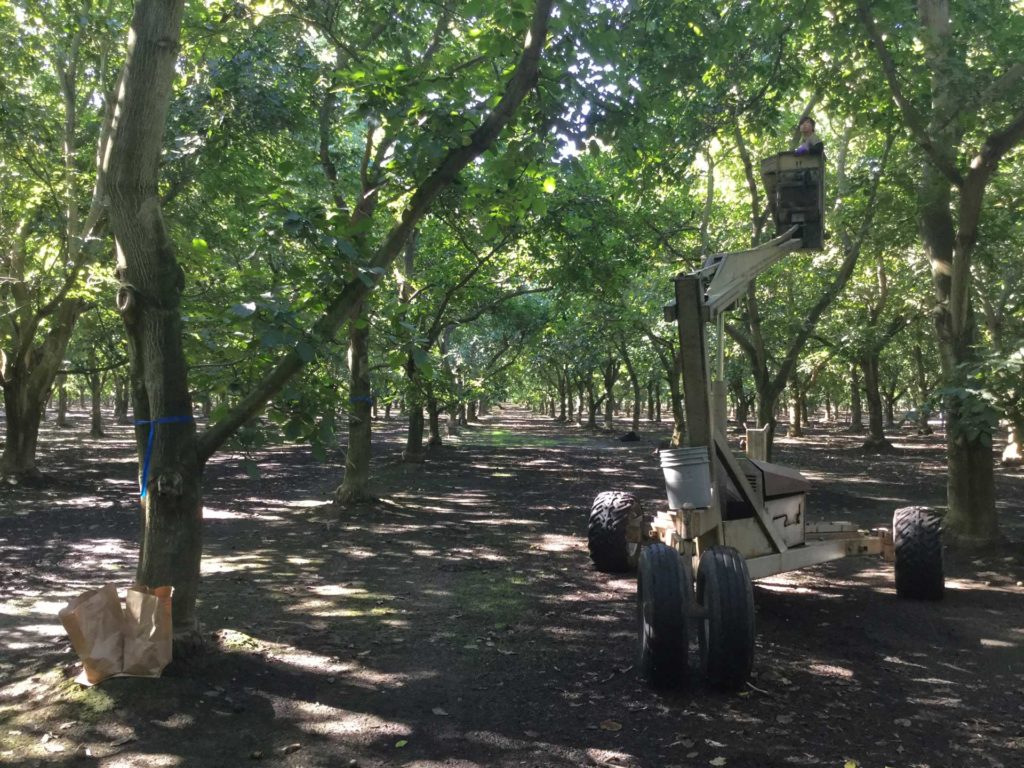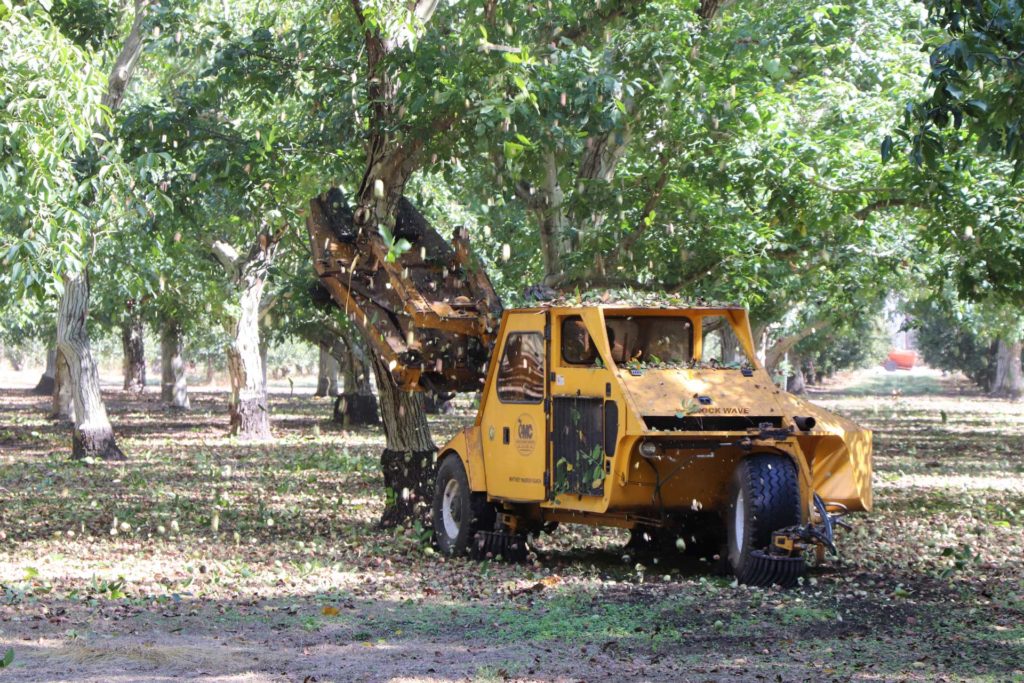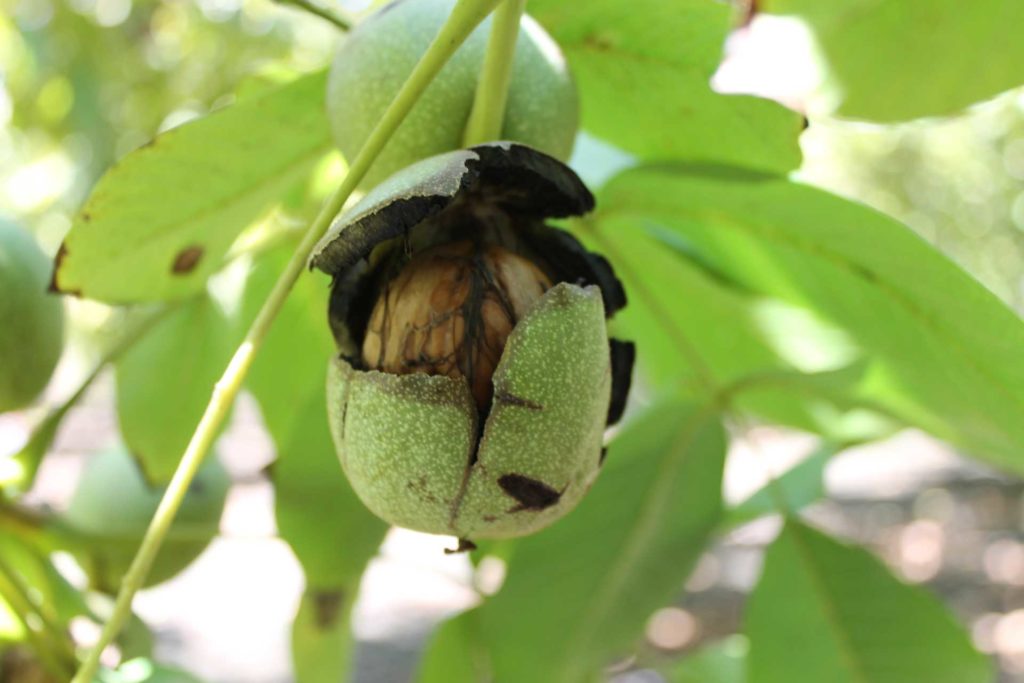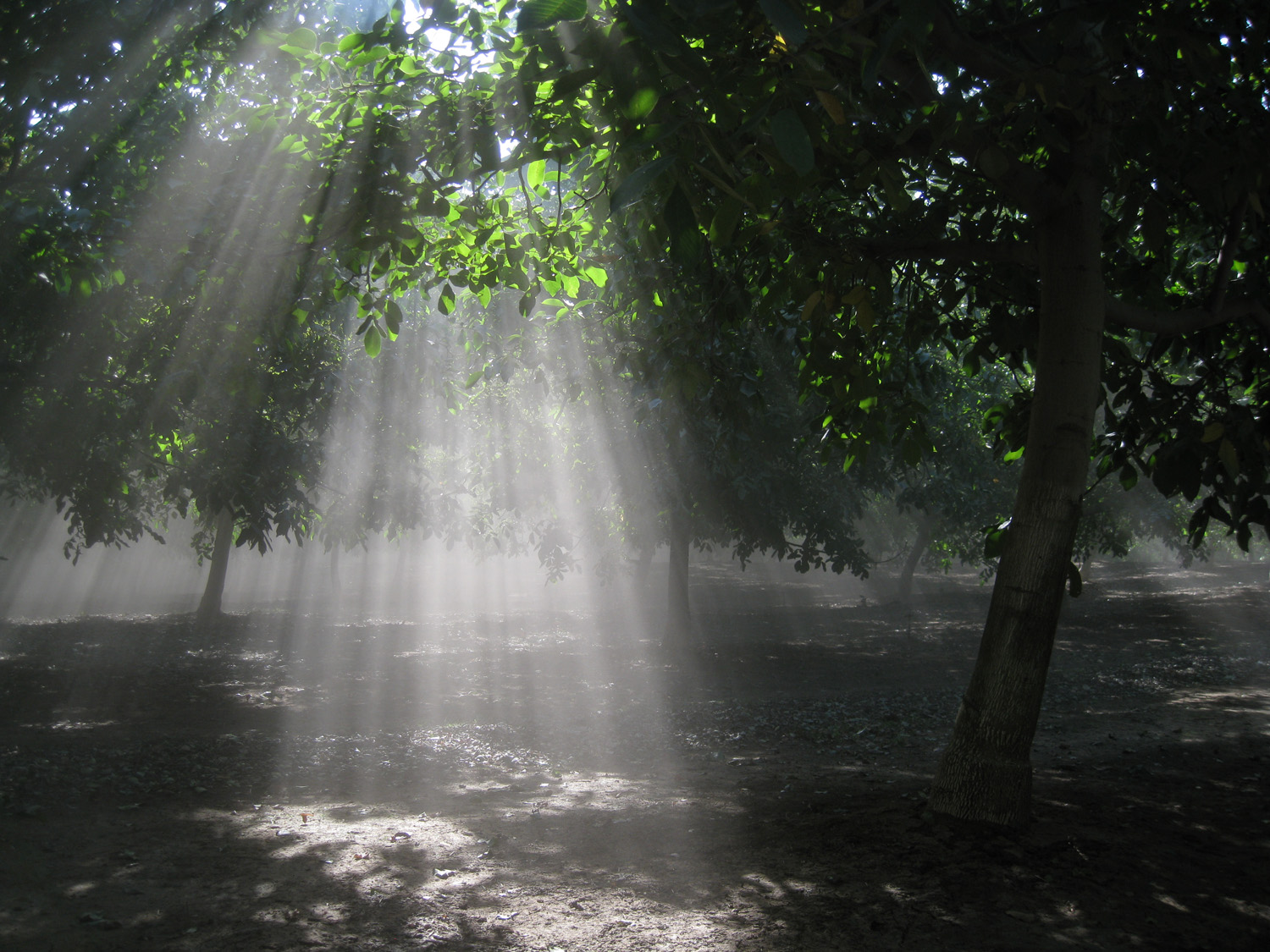Walnut kernel quality can be impacted during post harvest handling, but growers also play a role in delivering a quality product to the dryer.
Carlos Crisosto, University of California Davis researcher and a speaker at the 51st Tri County Walnut Day, said avoiding tree stress by either under or over irrigation would yield a better-quality product. The goal is a high percentage of light color kernels with adequate oil content for consumer preference and shelf life.

Fatty acids composition of walnuts influences their storage potential. Compared to almonds and pecans, walnuts have the lowest amount of stable saturates and stable monosaturates. Walnuts contain 17 percent protein and 67 percent lipids on a dry weight basis.
According to a UC Davis Plant Sciences Department study, in the field and during post harvest handling, oxidation of phenolics in the pellicle triggers kernel darkening, resulting in amber-colored kernels. A two-year study confirmed that the Howard variety is highly susceptible to dark kernel color development due to excess irrigation and harvesting at later physiological maturity. Those factors may account for a nearly 40 percent loss due to darker kernel color at harvest. The percentage of light kernels can also be reduced during cold storage, but loss is less compared to incoming kernel quality affected by maturity at harvest and irrigation.

The impact of stage of maturity at harvest was less for the Chandler variety. Studies over two harvests, 2016-17 and 2017-18 showed slight differences in percentage of light kernels when harvested at hull split and onset of hull bloom. The percentage in the first year dropped from 98 to 94 percent. The second year the percentage dropped from 97 to 91 percent. There was a significant difference in the percentage of light color Howard kernels harvested at hull split rather than onset of hull bloom, almost at 40 percent losses on kernel color quality.
Crisosto advised growers to avoid delays in harvest, hauling and harvest operations to maintain kernel quality. Air temperatures at or above 90 degrees F speed kernel darkening. Walnuts left in the shade darken rapidly if air temperature is above 104 degrees F. Harvest should also be coordinated with hulling and drying. The dehydration process prevents deterioration, molding and darkening of kernels and prolongs storage.
Adequately dried walnuts should not contain more than 8-percent moisture. To avoid kernel darkening during the drying process, air temperatures should not exceed 110 degrees F.













